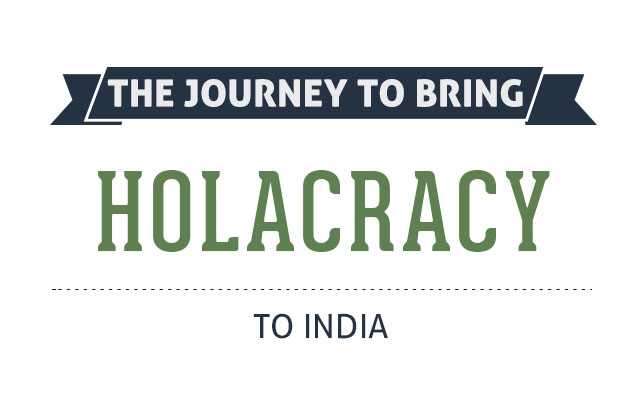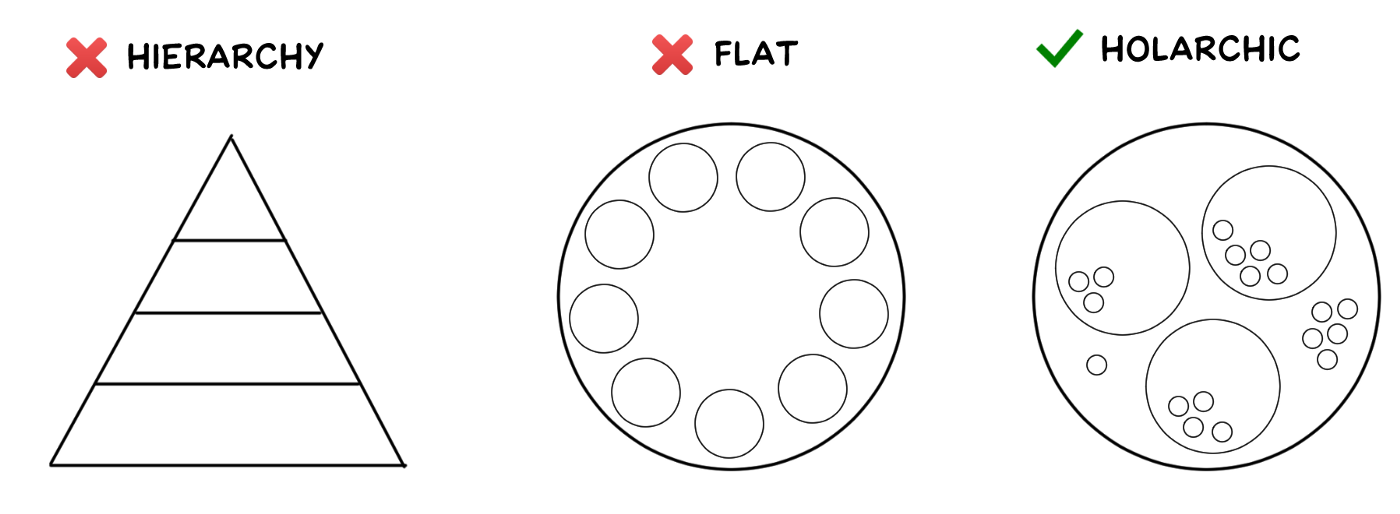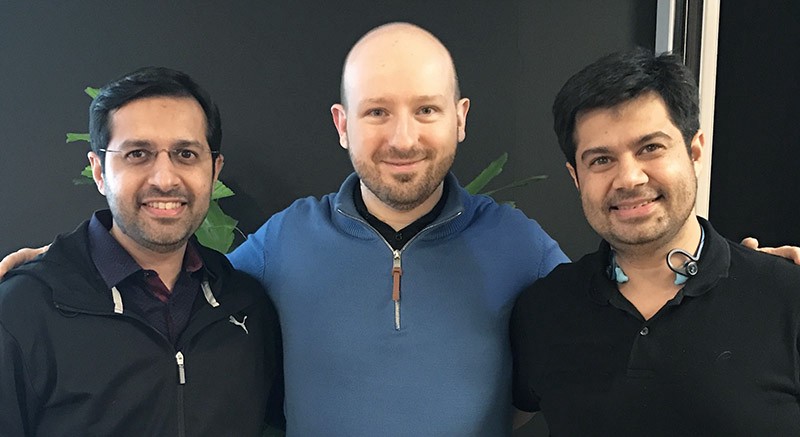Being the boss is tough.
The buck stops with you. Because you’re the leader, you can’t even complain. Not only do you have your problems to solve, but you have everyone else’s problems to solve too.
I know the feeling. I’m a member of the management team for a few organizations. And I’ve been looking for a way to get more accountability, alignment, and results from our teams without the stress of being involved with every key decision.
My search has led me to believe that most problems in running an organization are not because of people, but because of the underlying systems.
What do I mean by this? All organizations run on an underlying “operating system” that determines the patterns of how responsibilities are distributed.
In hierarchical organizations, the higher up you sit, the more power you have to trump the decisions of others. Pretty simple, but it’s also a recipe for bottlenecks at the top and disengagement and disempowerment at the bottom.
In flat organizations, everyone has the same amount of power, which requires decisions to be largely made by a consensus of all team members.
In my search for something better than these two options, I stumbled across Holacracy®. What excited me most is that Holacracy’s way of approaching an organization’s structure is inspired by nature.
Holacracy is named after the concept of “holarchy” — meaning something that functions as autonomous and a part of a larger whole at the same time. Think of cells that operate within organs within organ systems and you’ll get the idea. These cells have a lot of autonomy to direct local functions, but they also integrate with the larger systems in which they are embedded.
Discovering Holacracy helped me realize why my hierarchically run organization kept producing stress for the management team without the agility and adaptability that we wanted.
It’s was because I was approaching my companies as if they were machines, instead of living, evolving organisms driven by a purpose.
With a surge of excitement about this new way of working, my brother and I began experimenting with Holacracy in our organizations.
It was challenging in the beginning especially since we ourselves were not familiar with the rules of Holacracy & the best practices to facilitate meetings.
However with some self-learning & practice we began to see positive effects:
- Meetings were more efficient.
- There was more clarity in accountabilities.
- And people were feeling more motivated at work.
To deepen our understanding of the changes we were observing, my brother Arif and I attended the Holacracy Practitioner workshop in Amsterdam.
When we returned we ended up adopting Holacracy in three of our organizations: Our family real estate business, a school that we run, and our consultancy company, Calm Achiever.
While we were conducting workshops in “Getting Things Done® (GTD)” for organizations in India, we realized that most of them had the same challenges we were facing in our own organizations.
The individual self-management skills that GTD offers were necessary, but not sufficient to help these organizations to achieve the level of clarity and accountability that they were seeking.
After practicing and experiencing Holacracy for a year we decided to take up the license for helping organizations adopt Holacracy, to help them thrive in a rapidly changing world.
But will Holacracy work in my culture/country?
Coming from India, that’s what I wondered, too.
I was hesitant to adopt Holacracy in my very traditional family-run real estate business. But I was surprised at how well people adapted.
That’s not to say I haven’t faced challenges. But they’re the good kinds of challenges that force us to ask the important questions we often avoid:
“What’s our purpose?”
“What metrics do we need to see to measure if we’re on purpose?”
“How can we structure our work to fulfill the purpose?”
“Which role has the accountability for this task?”
“Who’s the best person to take up this role?”
Begin your Holacracy journey
Are you a leader looking for a way to help your organization adapt to a rapidly changing business environment?
Would you like to empower your team to move faster and feel less weight on your own shoulders?
I encourage you to explore Holacracy and see if it’s right for you.
Tony Hsieh, CEO of Zappos, said the only thing he would do differently with Holacracy was to adopt it sooner.
Holacracy Practitioner Training in Bangalore, India
For the first time, Brian Robertson, founder of Holacracy, is coming to India to conduct a Practitioner Training!
We found this five-day, deep dive training to be the quickest path to get familiar with Holacracy through simulations, discussions, and foundational learning.
Learn more about Holacracy Taster Workshop in Bangalore
Learn more about 4-day Holacracy Practitioner Training in Bangalore
I believe our work should be an expression of our most creative selves. I work with business owners and their teams to achieve stress-free productivity.





